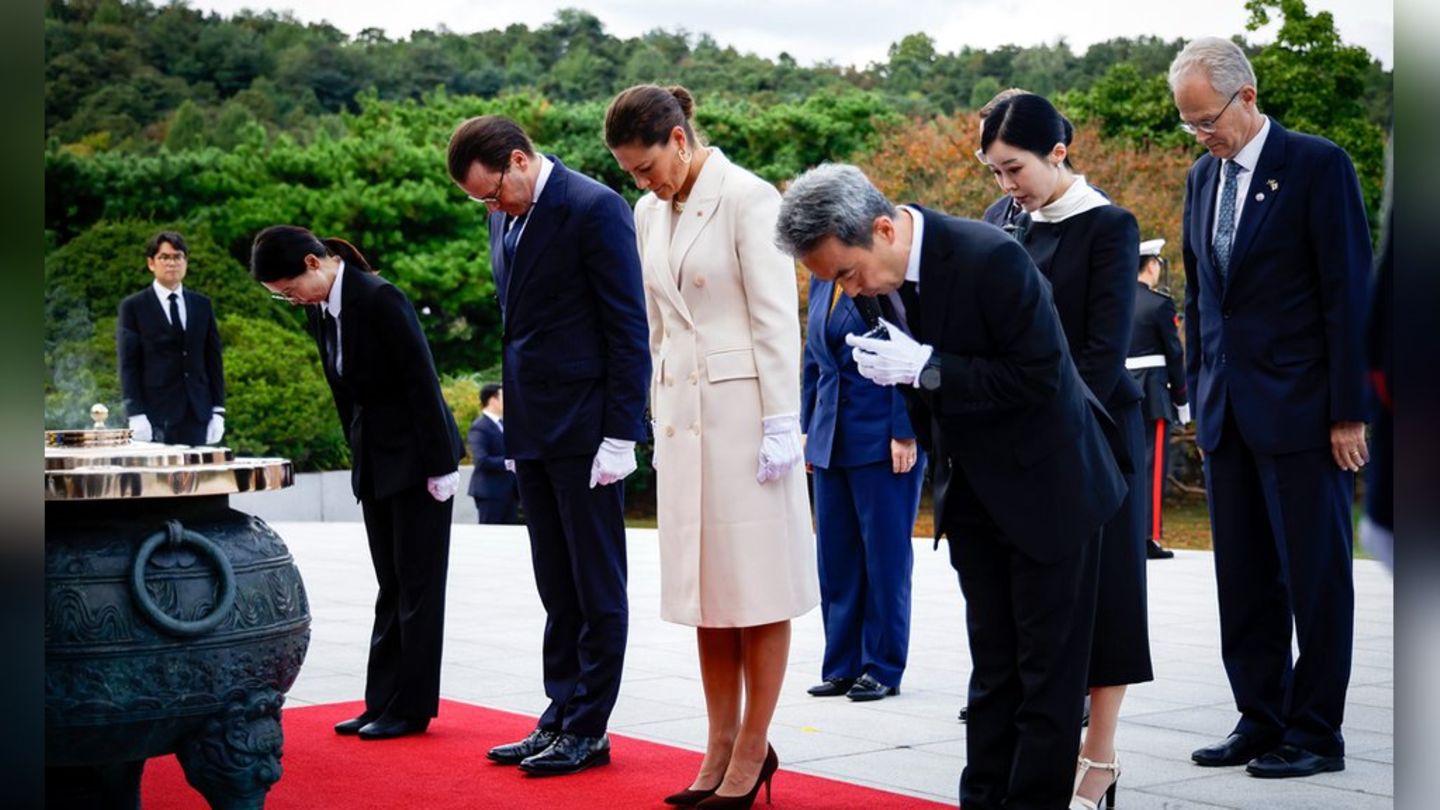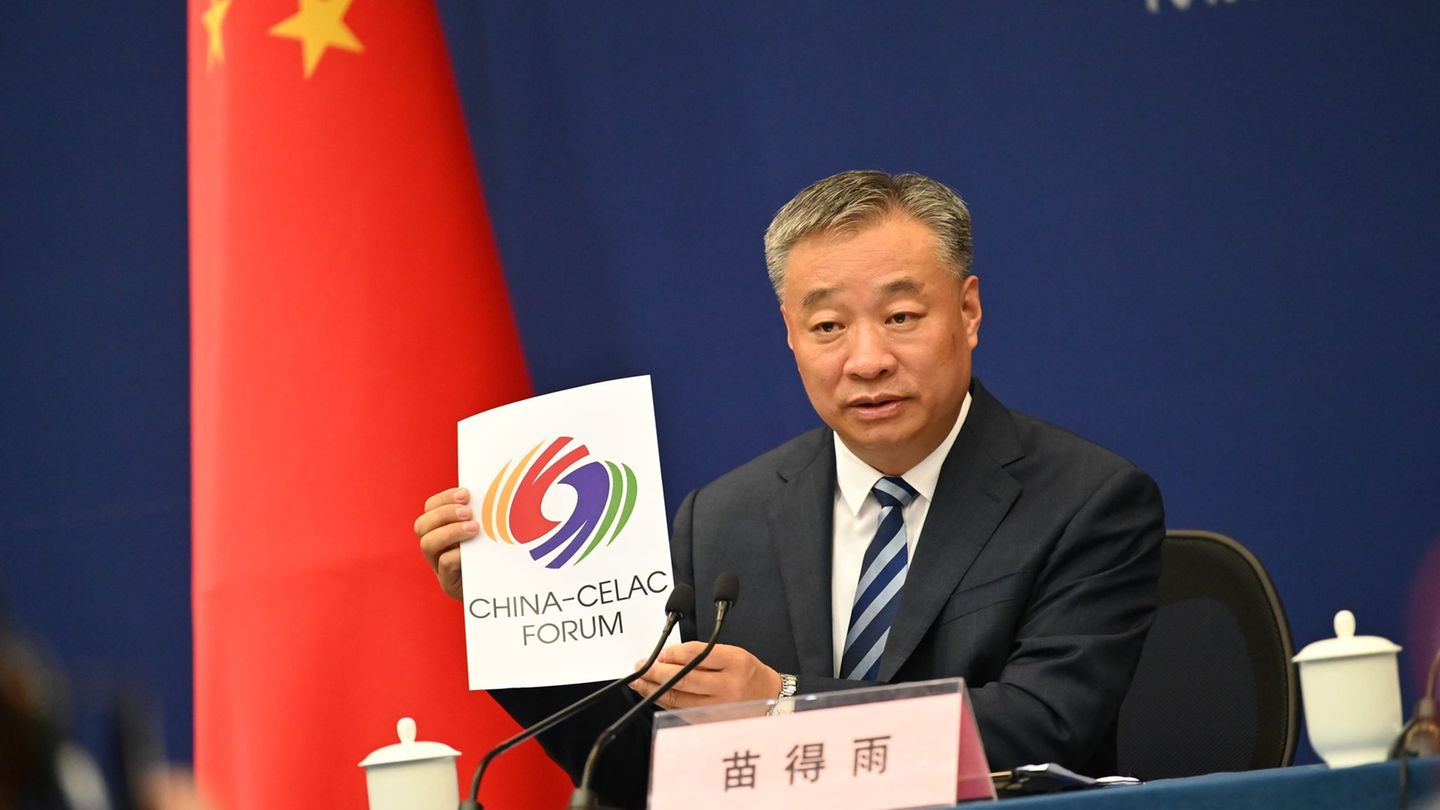Menu
World trade: Customs dispute: China advertises trading partners in Latin America
Categories
Most Read
Carlos Melconian warned that a macroeconomic change is coming after the elections
October 15, 2025
No Comments
Scott Bessent said that the total bailout could reach US$40,000 million and bought pesos again
October 15, 2025
No Comments
This is the bank that pays the most interest today, Wednesday, October 15, 2025
October 15, 2025
No Comments
Ryanair no longer flies to Dortmund, Dresden and Leipzig
October 15, 2025
No Comments
Air transport: Ryanair is reducing its offering in Germany again
October 15, 2025
No Comments
Latest Posts

The US Army asked Hamas to stop shooting at civilians and respect the ceasefire
October 15, 2025
No Comments
He US Army this Wednesday asked the terrorist group Hamas to stop shooting “innocent” Palestinian civilians. In addition, he demanded that he comply with the

Princess Victoria and Prince Daniel: Swedish royals arrive in South Korea
October 15, 2025
No Comments
Lisa HarrisI am an author and journalist who has worked in the entertainment industry for over a decade. I currently work as a news editor

what is the new amount for October 2025
October 15, 2025
No Comments
October 15, 2025 – 2:00 p.m. The Banco Provincia virtual wallet applied changes to transaction limits along with new benefits to take advantage of in
24 Hours Worlds is a comprehensive source of instant world current affairs, offering up-to-the-minute coverage of breaking news and events from around the globe. With a team of experienced journalists and experts on hand 24/7.

